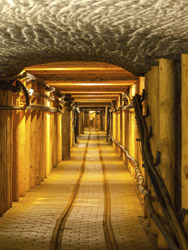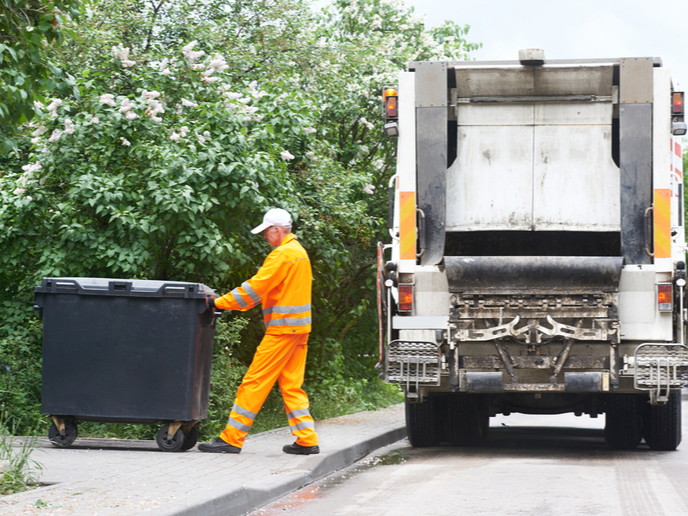Safer disposal for radioactive waste
Radioactive waste is produced in all phases of nuclear energy generation as well as from the use of radioactive materials in industrial, medical and research applications. The reference solution for their long-term management is disposal in engineered facilities. But burial in these structures built deep below the surface to contain the waste through both natural and engineered barriers is not the end of the story. Over time, metal corrosion and radiolysis produce a variety of gases, including hydrogen. Some waste may also contain organic material that generates methane and carbon dioxide as it decomposes. Understanding where these gases form and how they move through the repository is important to long-term safety and is the topic of the EU-funded project 'Fate of repository gases' (FORGE)(opens in new window). Scientists approached this problem through a combination of laboratory experiments and large-scale field tests at underground research laboratories. As experiments can only be successfully operated for a few years at a time, they also used mathematical modelling of potential future conditions to get the complete picture. Modellers and experimentalists exchanged their data to get the best possible results. The FORGE team examined how irradiation affects bentonite backfill materials in contact with metal under simulated repository conditions, to determine the rate of hydrogen production. The transport of gas through the engineered parts of a repository was studied in full-scale experiments. These covered bentonite-based and cement-based backfills as well as the interface between the host rock clay and backfill materials. Lab-scale and full-scale laboratory experiments were also carried out to improve our understanding of gas flows through fractures in clay host rocks and the effect of stress on this. While there are uncertainties associated with gas generation that require research work to continue, the FORGE project has demonstrated that gas issues are not 'show stoppers'. FORGE played a key role in enhancing European expertise in gas migration in deep geological repositories, helping to ensure that project partners are at the frontline of this fast-developing field. Data collected and numerical models developed should be of interest to the petroleum sector and those working on carbon capture and storage.







